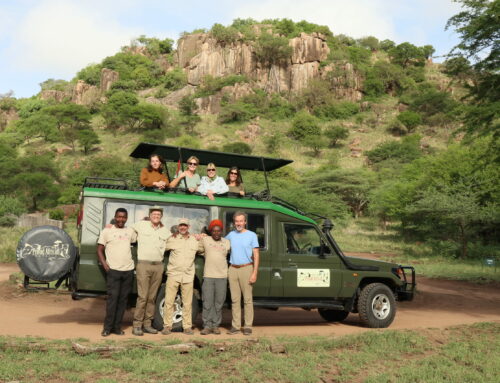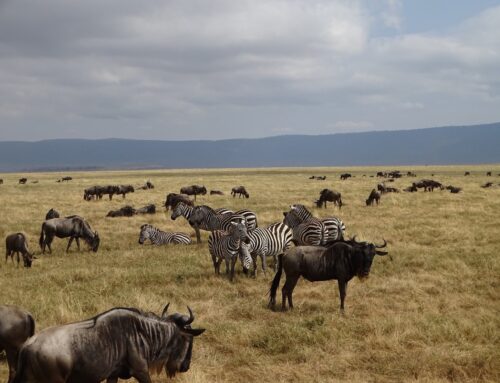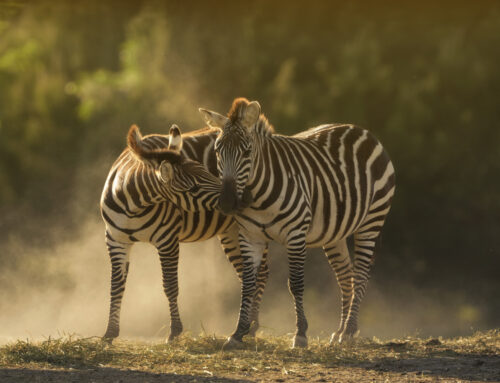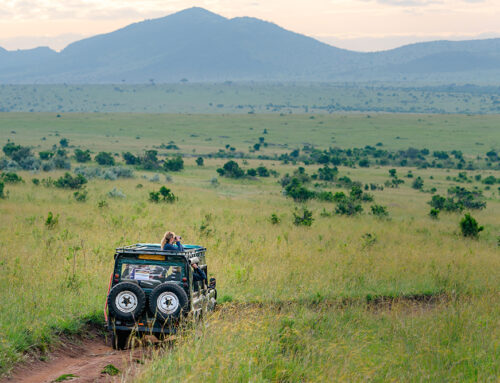Human activity can be blamed for the failing Serengeti ecosystem.
The ecosystems across our planet were made perfectly. They were each created to be a certain way, and only flourish when they go untouched. Unfortunately, as humans, we want to touch, explore, and own everything, which has left serious and irreversible impacts on ecosystems like the beautiful Serengeti.
What’s Going On?
The Serengeti has boasted a precious display of habitats and ecosystems for centuries, but human effects on the Serengeti are threatening to overthrow these perfect systems.
The Main Threats to Focus On
The main issue that continues to wreak havoc on the Serengeti is population growth, in the form of livestock, tourism, housing development, and more. We are causing destruction right in the heart of this gorgeous place.
The Masai Mara Reserve
The Masai Mara Reserve is one place where human activity is perfectly displaying human effects on the Serengeti. As of now, the traveling herds of wildebeests that normally tread and graze in this area has dramatically decreased in size.
Landscape degradation has a lot to do with this; even though we think we’re barely touching the edges of this precious ecosystem, we’re in fact harming its necessary functions and forcing the wildlife into a smaller area.
The 40,000-sq-kilometer area still standing might look big enough for all the creatures, but it has already left them with less food, fewer essential natural fires, weakened soil, and discouraged growth.
The Serengeti Highway
Similarly, talks about a Serengeti highway are sending off alarms for conservationists. With expanded roads, farmers are finding it beneficial to convert more land to cropland, and to bring more cattle to the area.
Unfortunately, this growing trend threatens to increase illegal grazing pressure in protected areas. Members of The Serengeti National Park see this as a bad sign for conservation since more land will be broken down, and even less of the natural ecosystem will be left to the animals and plants that so badly need.
Click the button below to talk to one of our Safari Specialists!
Recent Posts
Human activity can be blamed for the failing Serengeti ecosystem.
The ecosystems across our planet were made perfectly. They were each created to be a certain way, and only flourish when they go untouched. Unfortunately, as humans, we want to touch, explore, and own everything, which has left serious and irreversible impacts on ecosystems like the beautiful Serengeti.
What’s Going On?
The Serengeti has boasted a precious display of habitats and ecosystems for centuries, but human effects on the Serengeti are threatening to overthrow these perfect systems.
The Main Threats to Focus On
The main issue that continues to wreak havoc on the Serengeti is population growth, in the form of livestock, tourism, housing development, and more. We are causing destruction right in the heart of this gorgeous place.
The Masai Mara Reserve
The Masai Mara Reserve is one place where human activity is perfectly displaying human effects on the Serengeti. As of now, the traveling herds of wildebeests that normally tread and graze in this area has dramatically decreased in size.
Landscape degradation has a lot to do with this; even though we think we’re barely touching the edges of this precious ecosystem, we’re in fact harming its necessary functions and forcing the wildlife into a smaller area.
The 40,000-sq-kilometer area still standing might look big enough for all the creatures, but it has already left them with less food, fewer essential natural fires, weakened soil, and discouraged growth.
The Serengeti Highway
Similarly, talks about a Serengeti highway are sending off alarms for conservationists. With expanded roads, farmers are finding it beneficial to convert more land to cropland, and to bring more cattle to the area.
Unfortunately, this growing trend threatens to increase illegal grazing pressure in protected areas. Members of The Serengeti National Park see this as a bad sign for conservation since more land will be broken down, and even less of the natural ecosystem will be left to the animals and plants that so badly need.







